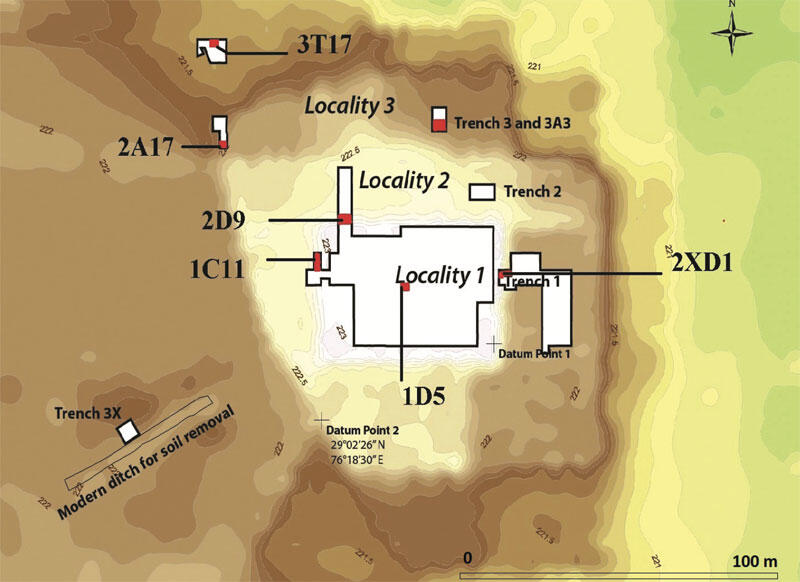The author writes of her important 284 page thesis, entirely available online: "Through this work, readers will be introduced to both specific and broad overviews of the human-animal based interactions in the Eatern domain of the Indus Valley civilization from its earlier to later phases of existence. It will give them information on each animal species whose remains, found at these sites, are a testimony to their role and significance in the lives of the inhabitants. It attempts to underline the similarities and explain the differences in faunal strategies that within the sites, time periods, and within the region as a whole" (p. xiii).
The sheer volume and variety of animal, reptile and bird remains found at three sites is staggering, and the author's providing details on the stratigraphic contexts in which they are found allow for a clearer discernment of how patterns of use and consumption may have changed over the course of Indus epochs. As others have noted of ancient animal remains in South Asia, cattle "constitute the highest percentage among faunal remains at the three primary sites and during all phases of the Harappan occupation. It was a major component of the diet. Cattle were kept for primary products like meat and milk" (p. 299). They were followed in importance by by sheep and goats. Interestingly, "a general decrease in the exploitation of fishes in the late Harappan period shows that not many prominent water bodies were present towards the end and probably a gradual deterioration of the environment had set in" (p. 232).
Above: Site plan showing the seven index trenches at Farmana (name, number and position marked with red square) (Modified after Shinde et. al 2011a: 41)

